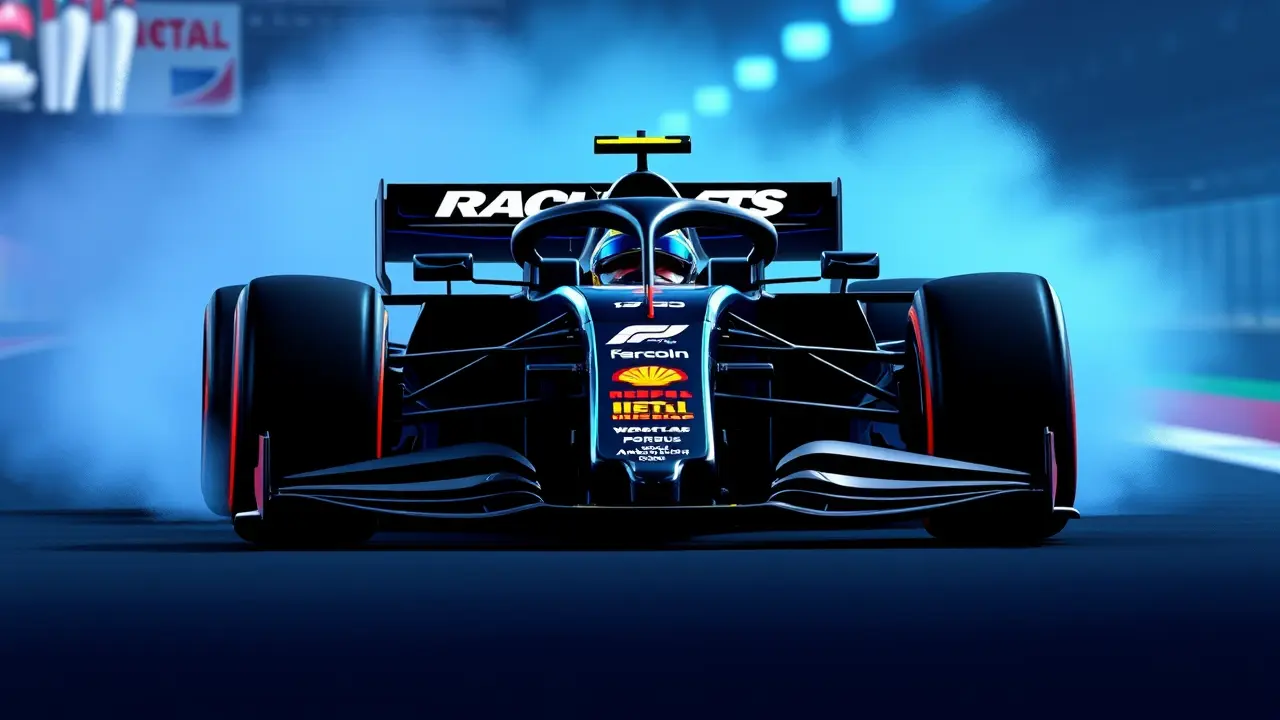Carlos Sainz Complains About F1 Showing Drivers' Partners in Broadcast
In a sport where milliseconds and marginal gains are relentlessly pursued, Williams driver Carlos Sainz has launched a surprisingly sharp critique not against a rival team's pace or a technical directive, but against Formula 1's broadcast direction itself, arguing that the world feed is 'overdoing it' with cuts to drivers' partners and various celebrities. This complaint, emerging from the intense heat and pressure-cooker atmosphere of the Singapore Grand Prix, strikes at the heart of a long-standing tension within F1: is it a pure sporting competition for the purists, or a global entertainment spectacle that must cater to a broader, sometimes less technically-minded audience? The analysis by PlanetF1 that Sainz's comments seemingly reference provides a fascinating, data-driven backbone to the debate.Their breakdown of the Singapore broadcast revealed that out of 30 instances where the feed cut away from live track action, a full 13 were dedicated to replays of on-track events like overtakes, while 11 focused on the crucial 'gun-for-hire' personnel in the pit wall and garage—the strategists and engineers whose split-second decisions can make or break a race. The remaining six cuts, which have become the focal point of this controversy, were allocated to crowd shots (twice), the partners of drivers like Sainz himself and McLaren's Lando Norris (twice), and the family of Aston Martin's Lance Stroll (once).Crucially, the total screen time devoted to these personal glimpses amounted to a mere 20 seconds within a sprawling one-hour and forty-four-minute broadcast, a statistical footnote that somehow carries the weight of a much larger philosophical argument. Sainz, a driver known for his methodical and analytical approach, finds a sympathetic voice in his compatriot, the wily two-time champion Fernando Alonso from Aston Martin, who separately lamented that viewers missed key live moments of his own race, specifically his late-race charge to hunt down Ferrari's Lewis Hamilton.This particular oversight, as noted by PlanetF1, occurred during the frantic final laps, a period of the race that coincided with the victory-celebrating finish of Mercedes' George Russell and McLaren's clinching of a consecutive Constructors' Cup, forcing the broadcast director into an unenviable triage situation. The historical context here is vital; as the portal correctly points out, showcasing the personal lives and glamorous entourages of drivers is far from a new phenomenon, hearkening back to the glitzy, sponsor-heavy 1990s era where figures like Bernie Ecclestone understood that sex appeal and celebrity sold the sport to a mainstream audience beyond the petrolheads.The policy of F1's commercial rights holder, Formula One Management (FOM), regarding the coverage of celebrities has reportedly remained consistent, suggesting that Sainz's grievance is less about a recent shift and more a reflection of a driver's heightened frustration when his own professional achievements—his hard-fought overtakes—are deemed less televisually compelling than a fleeting shot of his personal life. This incident exposes the intricate and often conflicting priorities of modern sports broadcasting.On one hand, the core fanbase, the aficionados who understand tire deg and DRS zones, demand unadulterated focus on the sporting contest; they want to see every battle through the midfield, every strategic undercut, every nuanced defensive move. For them, cutting to a celebrity in the paddock is an irritating distraction, a dilution of the product they are passionately invested in.On the other hand, F1's explosive growth in new markets, particularly the United States, has been fuelled in part by the human drama and accessibility promoted by projects like Netflix's 'Drive to Survive,' which deliberately blurs the lines between sport and soap opera. For this new audience, understanding the personal stakes, seeing the emotional reactions of loved ones, and recognizing A-list celebrities in the garage all serve to build a connection that raw racing footage alone might not forge.The broadcast director, therefore, operates as a high-stakes juggler, attempting to satisfy these divergent viewer demographics in real-time, a task as complex as a race strategy itself. The consequence of getting this balance wrong isn't merely a few disgruntled tweets; it can impact viewer retention, advertising revenue, and the long-term health of the sport's broadcasting deals.While 20 seconds seems insignificant, for a driver like Sainz, who is in the precarious position of fighting for his future in the sport after being dropped by Ferrari, every second of on-track brilliance that is broadcast is a potential advertisement to other teams, a CV moment played out in real-time on a global stage. When those moments are missed, it feels like a professional slight.Ultimately, Sainz's complaint is a modern manifestation of an age-old sports debate, akin to a football fan bemoaning too many crowd shots during a counter-attack. It underscores the fact that in today's media landscape, the 'story' of a Grand Prix is no longer written solely on the asphalt; it is curated, edited, and presented through a lens that must serve multiple masters, leaving even its star performers sometimes feeling like their most important work has been left on the cutting room floor.
It’s quiet here...Start the conversation by leaving the first comment.
© 2025 Outpoll Service LTD. All rights reserved.
